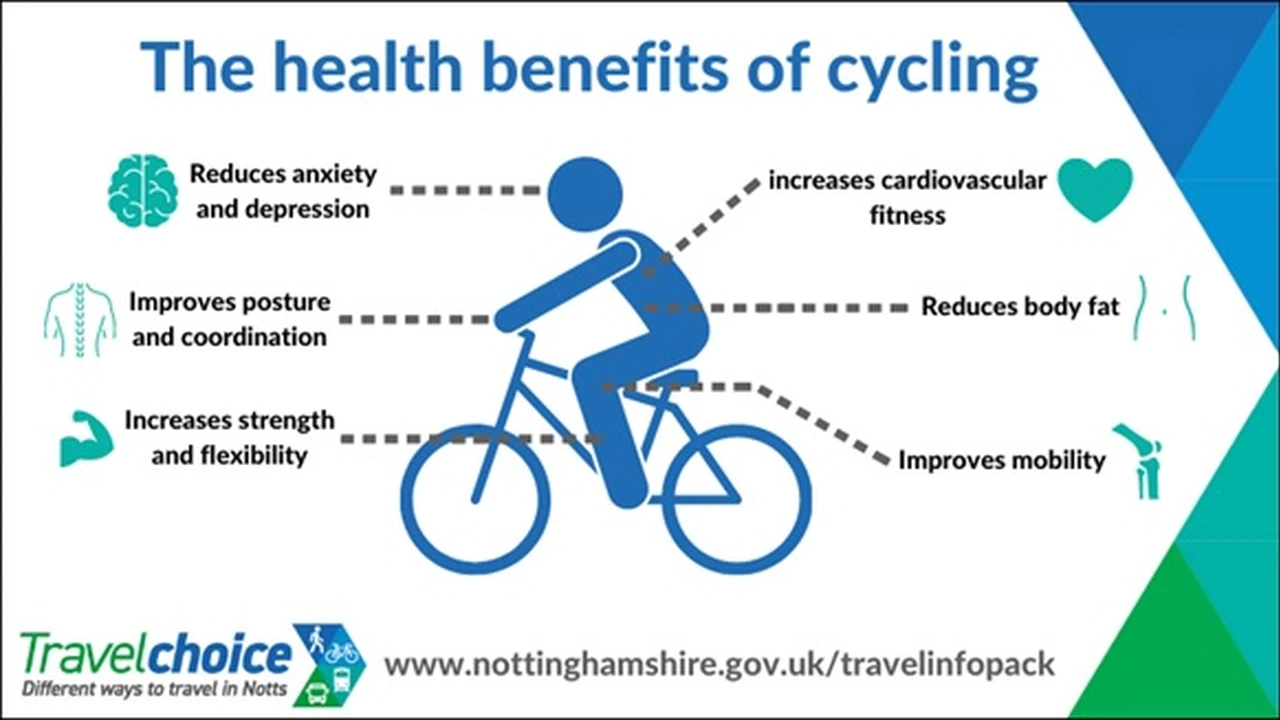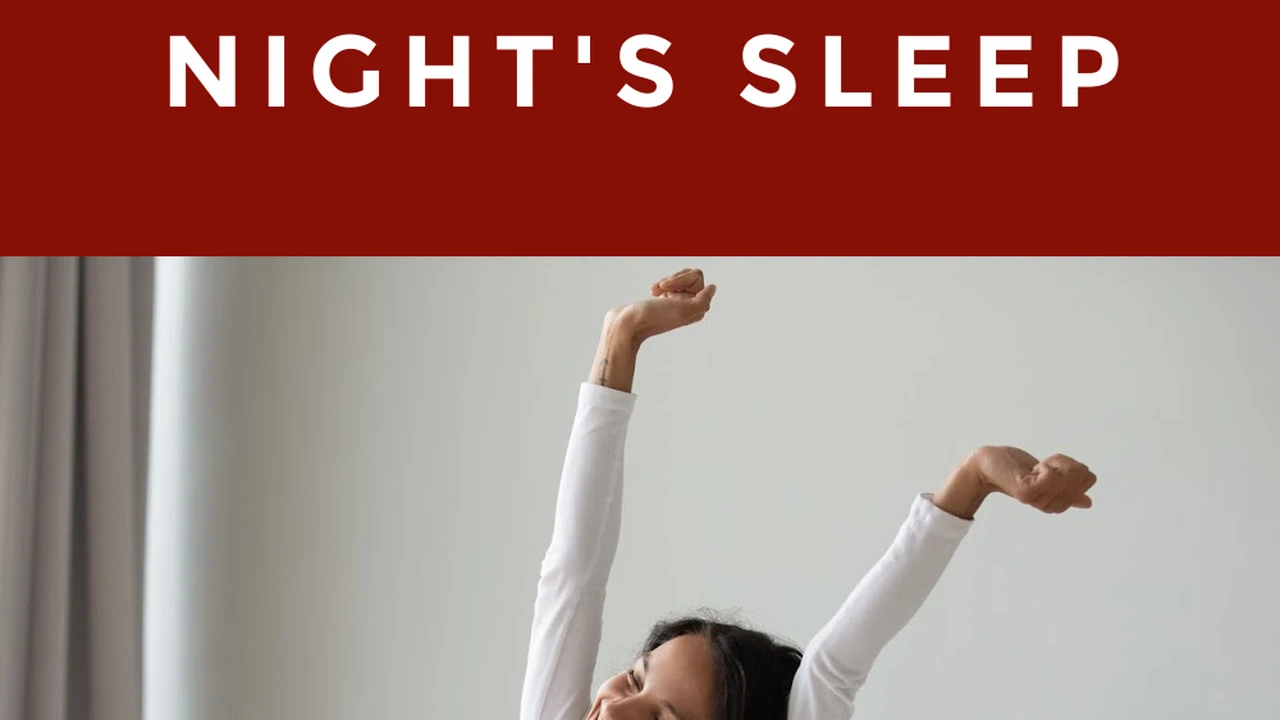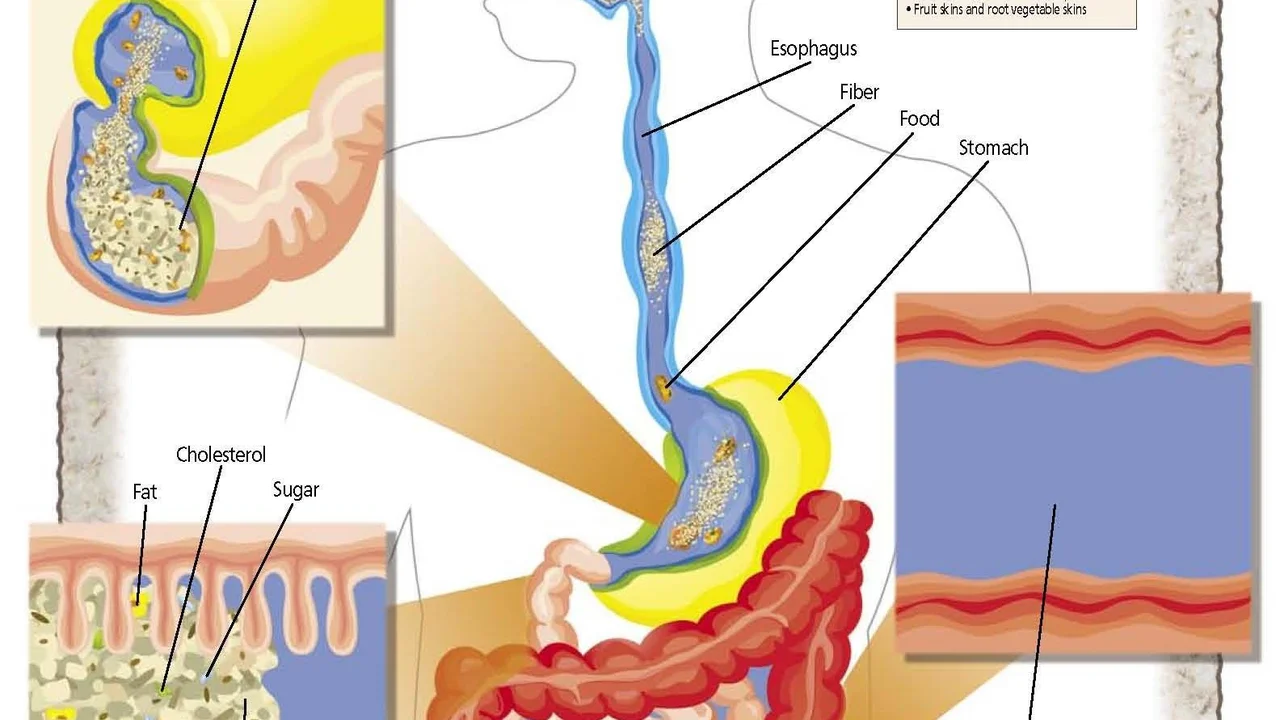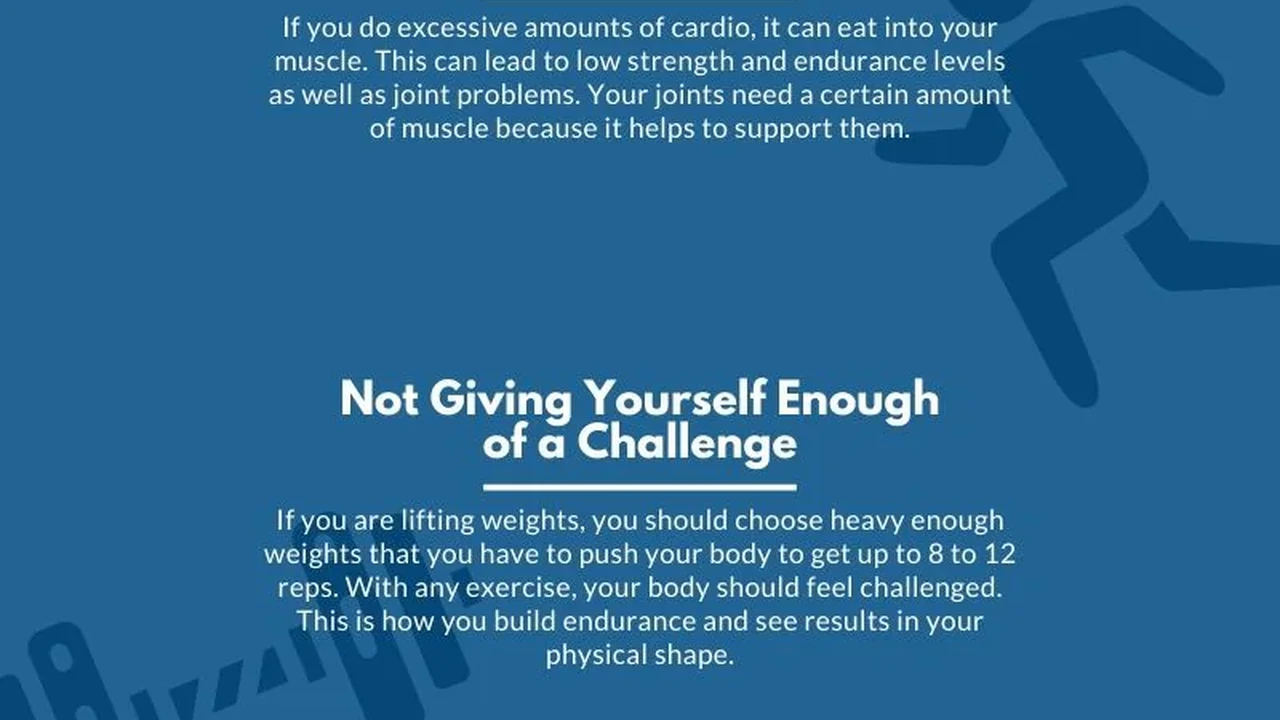The Benefits of Yoga for Flexibility and Stress Relief
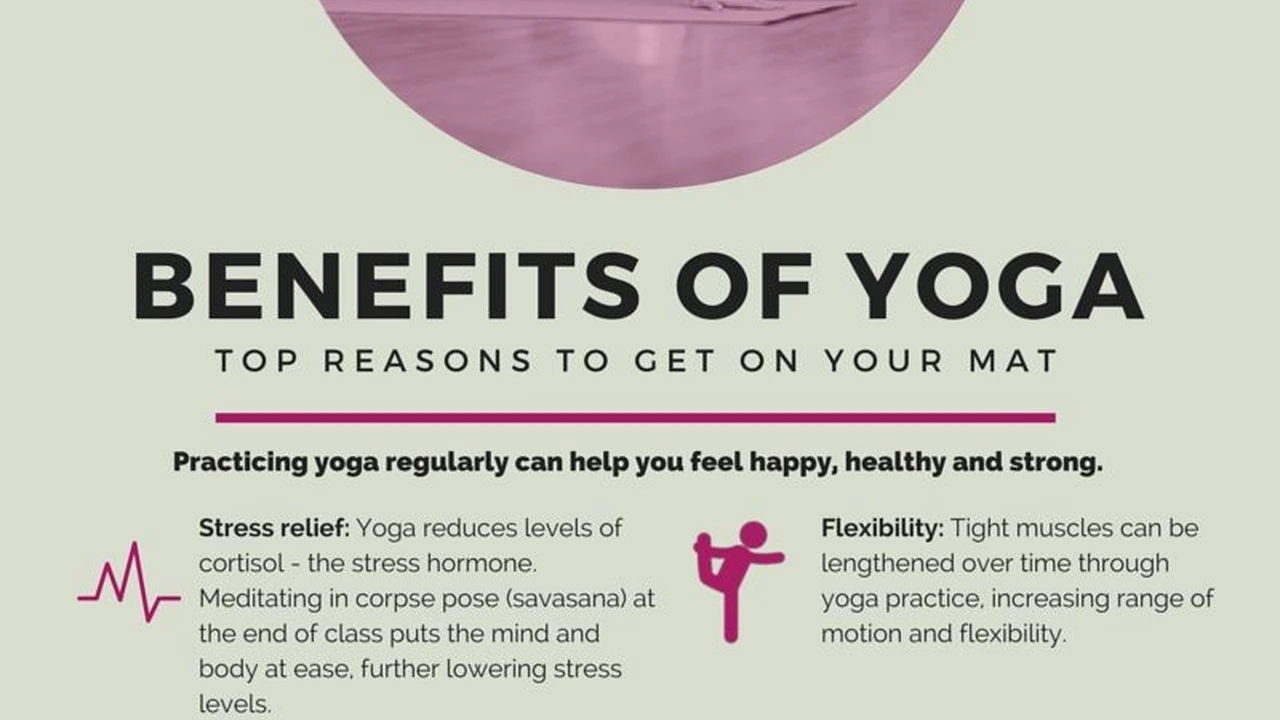
Explore the benefits of yoga for improving flexibility and relieving stress. Learn about different yoga styles and their impact on your body and mind. Discover how yoga can enhance your overall well-being and promote relaxation.
Understanding Yoga Styles for Flexibility Improvement
Yoga isn't just about bending into pretzel-like shapes; it's a holistic practice that combines physical postures (asanas), breathing techniques (pranayama), and meditation to promote overall well-being. When it comes to flexibility, certain yoga styles are more effective than others. Let's delve into some popular options:
- Hatha Yoga: This is often considered the foundation of many yoga styles. Hatha classes typically involve holding poses for longer periods, allowing for deeper stretching and increased flexibility. It's a great starting point for beginners.
- Vinyasa Yoga: Also known as "flow yoga," Vinyasa links movement with breath in a continuous sequence. The dynamic nature of Vinyasa builds heat in the body, which helps to loosen muscles and improve flexibility. Expect a more challenging workout.
- Yin Yoga: This passive style involves holding poses for several minutes at a time, targeting the deep connective tissues (fascia) in the body. Yin yoga is excellent for improving flexibility in the hips, pelvis, and lower spine. Be prepared for a meditative and introspective experience.
- Restorative Yoga: This gentle and relaxing style uses props like blankets, bolsters, and blocks to support the body in comfortable positions. Restorative yoga allows for deep relaxation and can help to release tension in tight muscles, gradually improving flexibility.
Yoga Poses for Enhanced Flexibility A Detailed Guide
Now, let's explore some specific yoga poses that can significantly enhance your flexibility. Remember to listen to your body and avoid pushing yourself beyond your limits. Consistency is key!
- Downward-Facing Dog (Adho Mukha Svanasana): This pose stretches the entire body, from your calves and hamstrings to your shoulders and spine. It also strengthens your arms and legs.
How to: Start on your hands and knees. Tuck your toes and lift your hips up and back, forming an inverted V-shape. Keep your hands shoulder-width apart and your feet hip-width apart. Press your heels towards the floor (they don't have to touch). Hold for 5-10 breaths.
- Forward Fold (Uttanasana): This pose stretches the hamstrings and spine, relieving tension in the neck and shoulders.
How to: Stand with your feet hip-width apart. Hinge forward from your hips, keeping your back straight as much as possible. Let your head hang heavy. You can bend your knees slightly if needed. Hold for 5-10 breaths.
- Triangle Pose (Trikonasana): This pose stretches the hamstrings, groin, and spine, while also strengthening the legs and core.
How to: Stand with your feet wide apart. Turn your right foot out 90 degrees and your left foot in slightly. Reach your right arm forward and then down towards your right shin, ankle, or the floor. Extend your left arm straight up towards the ceiling. Keep your chest open and your gaze upwards. Hold for 5-10 breaths on each side.
- Pigeon Pose (Eka Pada Rajakapotasana): This pose deeply stretches the hips and groin, releasing tension and improving flexibility.
How to: Start on your hands and knees. Bring your right knee forward towards your right wrist. Angle your right shin towards the front of your mat. Extend your left leg straight back behind you. Lower your hips towards the floor. If your hips don't reach the floor, you can place a blanket or block underneath your right hip for support. Hold for 1-3 minutes on each side.
- Cobra Pose (Bhujangasana): This pose strengthens the back muscles and stretches the chest and abdomen, improving spinal flexibility.
How to: Lie on your stomach with your hands underneath your shoulders. Press into your hands and lift your chest off the floor. Keep your elbows slightly bent and your shoulders relaxed. Hold for 5-10 breaths.
Stress Relief Through Yoga Breathing Techniques Pranayama Benefits
Yoga isn't just about physical postures; breathing techniques (pranayama) are an integral part of the practice. Specific breathing exercises can help to calm the nervous system, reduce stress, and promote relaxation.
- Diaphragmatic Breathing (Belly Breathing): This technique involves breathing deeply into your abdomen, which activates the parasympathetic nervous system (the "rest and digest" system).
How to: Lie on your back with your knees bent and your feet flat on the floor. Place one hand on your chest and the other on your abdomen. Inhale deeply through your nose, allowing your abdomen to rise. Exhale slowly through your mouth, allowing your abdomen to fall. Repeat for 5-10 minutes.
- Alternate Nostril Breathing (Nadi Shodhana): This technique balances the left and right hemispheres of the brain, promoting a sense of calm and focus.
How to: Sit comfortably with your spine straight. Close your right nostril with your right thumb. Inhale deeply through your left nostril. Close your left nostril with your right ring finger and release your right thumb. Exhale through your right nostril. Inhale through your right nostril. Close your right nostril with your right thumb and release your left ring finger. Exhale through your left nostril. Repeat for 5-10 minutes.
- Ujjayi Breathing (Ocean Breath): This technique involves constricting the back of your throat slightly while breathing, creating a soft, ocean-like sound. Ujjayi breathing helps to calm the mind and focus your attention.
How to: Sit comfortably with your spine straight. Close your mouth and inhale deeply through your nose. Exhale slowly through your nose, constricting the back of your throat slightly. Repeat for 5-10 minutes.
Yoga Mats and Props Enhance Your Practice Product Recommendations
While you don't need fancy equipment to practice yoga, having a good yoga mat and a few basic props can enhance your experience and make certain poses more accessible.
Yoga Mats Comparison and Pricing
- Manduka PRO Yoga Mat: This is a high-quality, durable mat that provides excellent grip and support. It's a bit pricier but worth the investment if you're serious about yoga.
Price: Around $130
Best for: Serious yogis, those who practice frequently, and those who need extra cushioning.
- Liforme Yoga Mat: Known for its alignment system, the Liforme mat helps you maintain proper form in poses. It's also eco-friendly.
Price: Around $150
Best for: Beginners who need guidance on alignment and those who value sustainability.
- Gaiam Essentials Thick Yoga Mat: A budget-friendly option that's still comfortable and provides good grip.
Price: Around $25
Best for: Beginners, those on a budget, and those who need a mat for occasional practice.
Yoga Props and Their Uses Price Points
- Yoga Blocks: These can be used to modify poses and make them more accessible, especially for beginners. They can also provide support and stability.
Recommended Products: Gaiam Yoga Block (around $10), Manduka Recycled Foam Yoga Block (around $20)
Typical Use: Placing under hands in standing poses like Triangle Pose to bring the floor closer, or under hips in seated poses for support.
- Yoga Straps: These can be used to extend your reach and deepen stretches, especially in poses like seated forward folds.
Recommended Products: Hugger Mugger Yoga Strap (around $15), Bean Products Yoga Strap (around $12)
Typical Use: Looping around feet in seated forward folds to help reach the feet, or used to bind hands behind the back in poses like Cow Face Pose.
- Yoga Bolsters: These provide support and comfort in restorative poses, allowing for deep relaxation.
Recommended Products: Brentwood Home Crystal Cove Yoga Bolster (around $80), Hugger Mugger Standard Bolster (around $70)
Typical Use: Placing under knees in Savasana for lower back support, or used in restorative poses like Supported Child's Pose.
Creating a Home Yoga Space for Stress Reduction
You don't need a fancy studio to enjoy the benefits of yoga. Creating a dedicated space in your home can make it easier to establish a consistent practice.
- Choose a quiet and comfortable space: Ideally, this should be a room with natural light and minimal distractions.
- Gather your supplies: Yoga mat, blocks, strap, bolster, blanket, and any other props you like to use.
- Create a calming atmosphere: Dim the lights, light a candle (safely!), play relaxing music, or diffuse essential oils.
- Set an intention: Before you begin your practice, take a few moments to set an intention for your session. This could be anything from releasing stress to improving flexibility to cultivating gratitude.
Integrating Yoga into Your Daily Routine for Mental Well-being
The benefits of yoga extend far beyond the mat. By incorporating yoga principles into your daily life, you can cultivate greater awareness, resilience, and overall well-being.
- Practice mindfulness: Pay attention to your thoughts, feelings, and sensations in the present moment.
- Cultivate gratitude: Take time each day to appreciate the good things in your life.
- Practice self-compassion: Treat yourself with kindness and understanding, especially during challenging times.
- Connect with others: Nurture your relationships and build a strong support system.
- Take care of your body: Eat healthy foods, get enough sleep, and stay active.
Online Yoga Resources and Apps for Guided Practice
If you're new to yoga or prefer guided instruction, there are many excellent online resources and apps available.
- Glo: Offers a wide variety of yoga classes, workshops, and programs for all levels.
- Yoga with Adriene: A popular YouTube channel with free yoga videos for all levels and interests.
- Down Dog: A customizable yoga app that creates a unique practice each time you use it.
- Peloton App: (While known for cycling) offers a variety of Yoga classes for all levels.
:max_bytes(150000):strip_icc()/277019-baked-pork-chops-with-cream-of-mushroom-soup-DDMFS-beauty-4x3-BG-7505-5762b731cf30447d9cbbbbbf387beafa.jpg)



